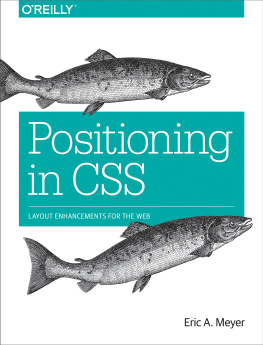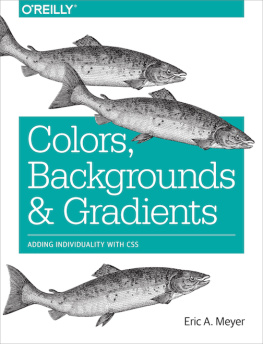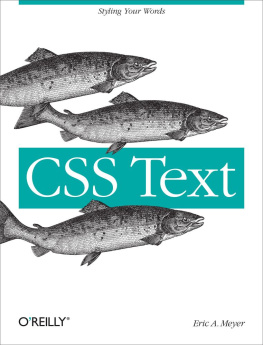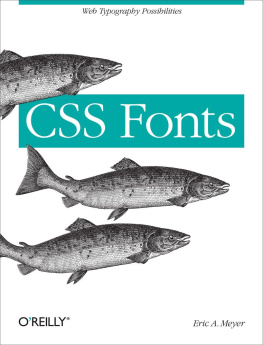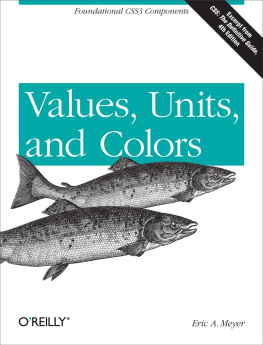Eric A. Meyer - CSS Floating: Floats and Float Shapes
Here you can read online Eric A. Meyer - CSS Floating: Floats and Float Shapes full text of the book (entire story) in english for free. Download pdf and epub, get meaning, cover and reviews about this ebook. year: 2016, publisher: OReilly Media, genre: Home and family. Description of the work, (preface) as well as reviews are available. Best literature library LitArk.com created for fans of good reading and offers a wide selection of genres:
Romance novel
Science fiction
Adventure
Detective
Science
History
Home and family
Prose
Art
Politics
Computer
Non-fiction
Religion
Business
Children
Humor
Choose a favorite category and find really read worthwhile books. Enjoy immersion in the world of imagination, feel the emotions of the characters or learn something new for yourself, make an fascinating discovery.
- Book:CSS Floating: Floats and Float Shapes
- Author:
- Publisher:OReilly Media
- Genre:
- Year:2016
- Rating:4 / 5
- Favourites:Add to favourites
- Your mark:
CSS Floating: Floats and Float Shapes: summary, description and annotation
We offer to read an annotation, description, summary or preface (depends on what the author of the book "CSS Floating: Floats and Float Shapes" wrote himself). If you haven't found the necessary information about the book — write in the comments, we will try to find it.
While flowing text around images is certainly nothing new, with CSS you can float any element, from images to paragraphs to lists. In this practical guide, author Eric Meyer reveals some interestingand surprisingways to use CSS floats in your web design, including the latest capability to flow content past non-rectangular float shapes.
Short and sweet, this book is an excerpt from the upcoming fourth edition of CSS: The Definitive Guide. When you purchase either the print or the ebook edition of CSS Floating, youll receive a discount on the entire Definitive Guide once its released. Why wait? Learn how to bring life to your web pages now.
- Learn the characteristics of floated elements, and CSS rules for using them
- Be aware of certain rule exceptions when applying floats to your design, including the use of negative margins
- Use the clear property to prevent floats from affecting elements in the next section of the document
- Create floating boxes in non-rectangular shapes, including rounded corners, circles, ellipses, and even polygons
- Define float shapes with transparent or opaque images
Eric A. Meyer: author's other books
Who wrote CSS Floating: Floats and Float Shapes? Find out the surname, the name of the author of the book and a list of all author's works by series.

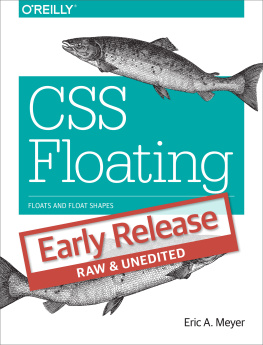
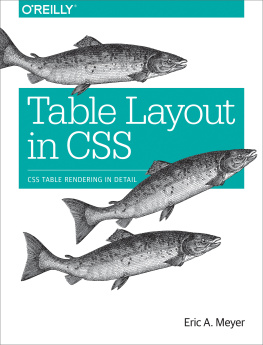

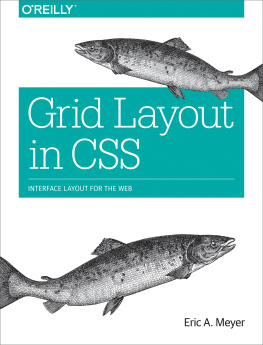
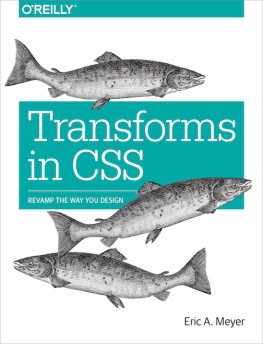

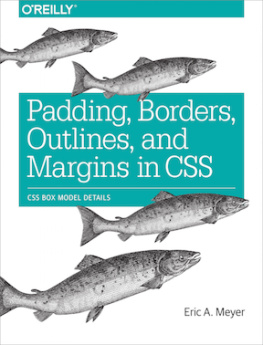
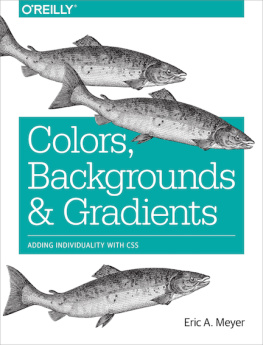
![Eric A. Meyer [Eric A. Meyer] - Padding, Borders, Outlines, and Margins in CSS: CSS Box Model Details](/uploads/posts/book/119142/thumbs/eric-a-meyer-eric-a-meyer-padding-borders.jpg)

